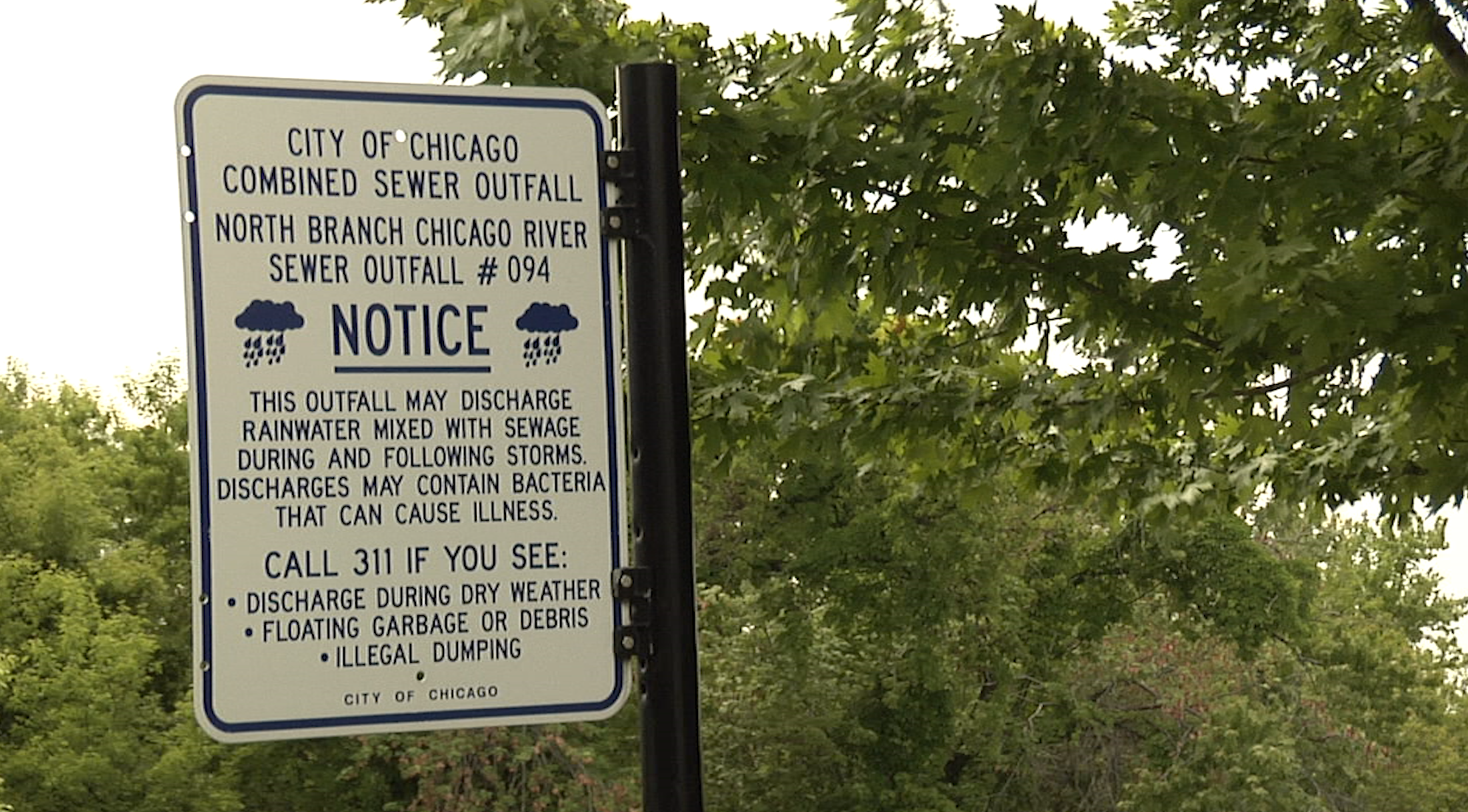WASHINGTON – Getting clean drinking water isn’t as simple as turning on the tap, as recent events in a Great Lakes port city showed. Access to safe water is a growing issue in urban America—and an expensive one.
The city of Toledo last week issued a no-drink, no boil-water advisory after a toxic algal bloom in Lake Erie polluted the city’s drinking water supply and sent more than 400,000 area residents scrambling for bottled water.
Though the algal bloom’s growth was being monitored by the city’s water treatment facility, heavy winds blew the algae straight to Toledo’s water intake source, said Nicole Condon, communications coordinator at District of Columbia Water and Sewer Authority. The water was deemed contaminated from the algae’s production of microcystins—dangerous toxins that harm the liver, according to the U.S. Environmental Protection Agency.
“It’s a problem that has been increasing maybe in the last decade as we’re seeing more intensive agriculture, more use of nutrients, more nonpoint source pollution,” said Alan Roberson, director of federal relations for American Water Works Association. “It’s becoming more of an issue in more states.”
Some states are more prone to toxic water troubles than others. Farm runoff and overflowing sewers are the main culprits.
The Midwest and the South are most vulnerable to algal blooms because of greater agricultural runoff and higher water temperatures than other regions of the country, Roberson said in an interview.
“When you see a lot of fertilizers used, you end up with a fair amount of nitrogen and phosphorus and the runoff ends up in the reservoirs and lakes,” Roberson said. “That creates an environment that’s good for the algae to bloom.”
By 2017, farmers in Ohio who have more than 50 acres of land will be required to be certified in chemical fertilizer application, according to the Ohio Department of Agriculture. The mandatory course will educate farmers about how much fertilizer to apply and how often they can safely apply it. That should help cut the amount of chemicals in agricultural runoff.
An algae mess like the one in Lake Erie is just one of the obstacles many cities face in maintaining clean drinking water.
“Combined sewer overflows” occur during periods of heavy rain when combined storm water and sanitary sewer systems run over and contaminate nearby waterways with raw sewage. This spillover contains pollutants that can contaminate waters, or foster algae growth on its own.
Older cities are more prone to suffer combined sewer overflows since they are more likely to have the older combined system infrastructure.
Chicago experiences about 35 combined sewer overflows per year—a significant reduction from the years before construction began in the early 1970s on the city’s deep tunnel project. Before the construction, that number was closer to 100, said Adam Gronski, principal civil engineer of Metropolitan Water Reclamation District of Greater Chicago.
Completion of Chicago’s $3.7 billion Tunnel and Reservoir Plan is scheduled for2029. During times of heavy rainfall, the tunnels will carry water to fill reservoirs until the water plants have the capacity to treat it.
In Washington, 105 combined sewer overflows occur every year from the Potomac and Anacostia rivers and Rock Creek combined, Condon said.
Washington is in the process of building its $2.6 billion Clean Rivers Project—a series of three tunnels that are expected to reduce combined sewer overflows from the three waterways by 96 percent.
In addition to this widespread, traditional “gray” infrastructure—tunnels and reservoirs—solutions are evolving to include more cost-effective, “green” infrastructure to help retain water so it doesn’t enter the systems in the first place and contribute to possible overflow.
Green infrastructure uses plants, trees and other practices to mimic natural processes to control storm water, said Condon. Rain gardens, porous pavements and green roofs are examples of these structures that help retain runoff and reduce pollution.
Some cities are taking a blended approach. The District of Columbia Water and Sewer Authority is proposing a plan to the EPA that would replace at least one of its three planned tunnels with green infrastructure.
The nation’s capital is also adding rain barrels and plants to its most flood-prone areas and repurposing an old, unused sand filtration area as a storage facility for storm water, Condon said.
Chicago too is using green infrastructure, such as permeable pavements and rain barrels. Citizens are routing storm drains to onsite rain gardens to help keep water out of the sewer systems, said Gronski.
Down south, New Orleans is working on a green infrastructure plan that will use native trees, tree canopies and bio-retention ponds, according to the Sewerage and Water Board of New Orleans. These elements will help the city retain a minimum of the first inch of storm water on site within a 24-hour rain event.
Besides infrastructure solutions, Roberson says more needs to be done to counter nonpoint source pollution—runoff from farms and residential fertilizers that contaminate drinking water sources as opposed to pollution spewing from industrial operations or sewage plants.
“I think there needs to be some thought about how do we get the farmers to contribute their fair share, along with the cities improving their treatment plants, so we get a balanced approach to addressing nonpoint source pollution and nutrients,” Roberson said.


